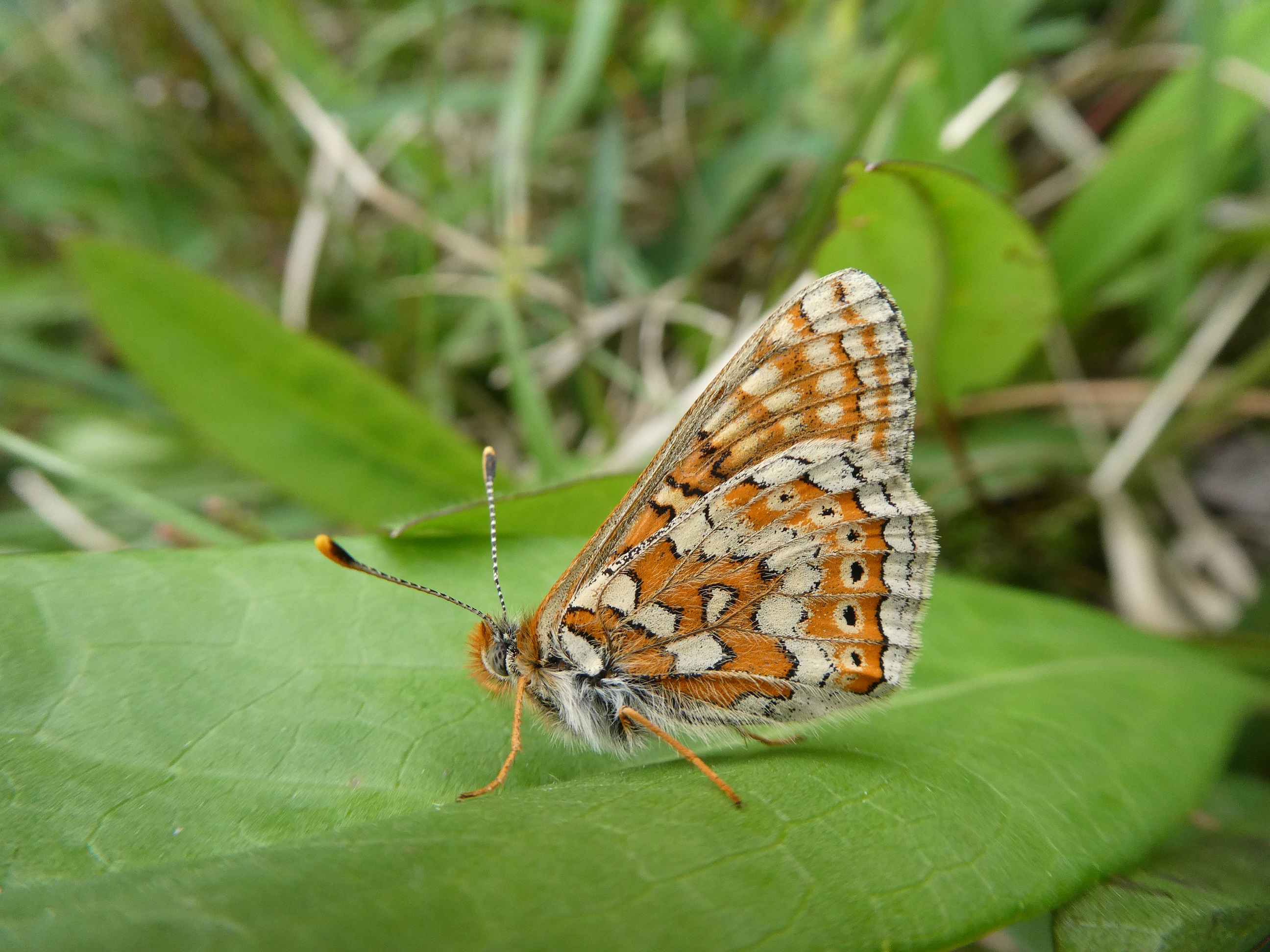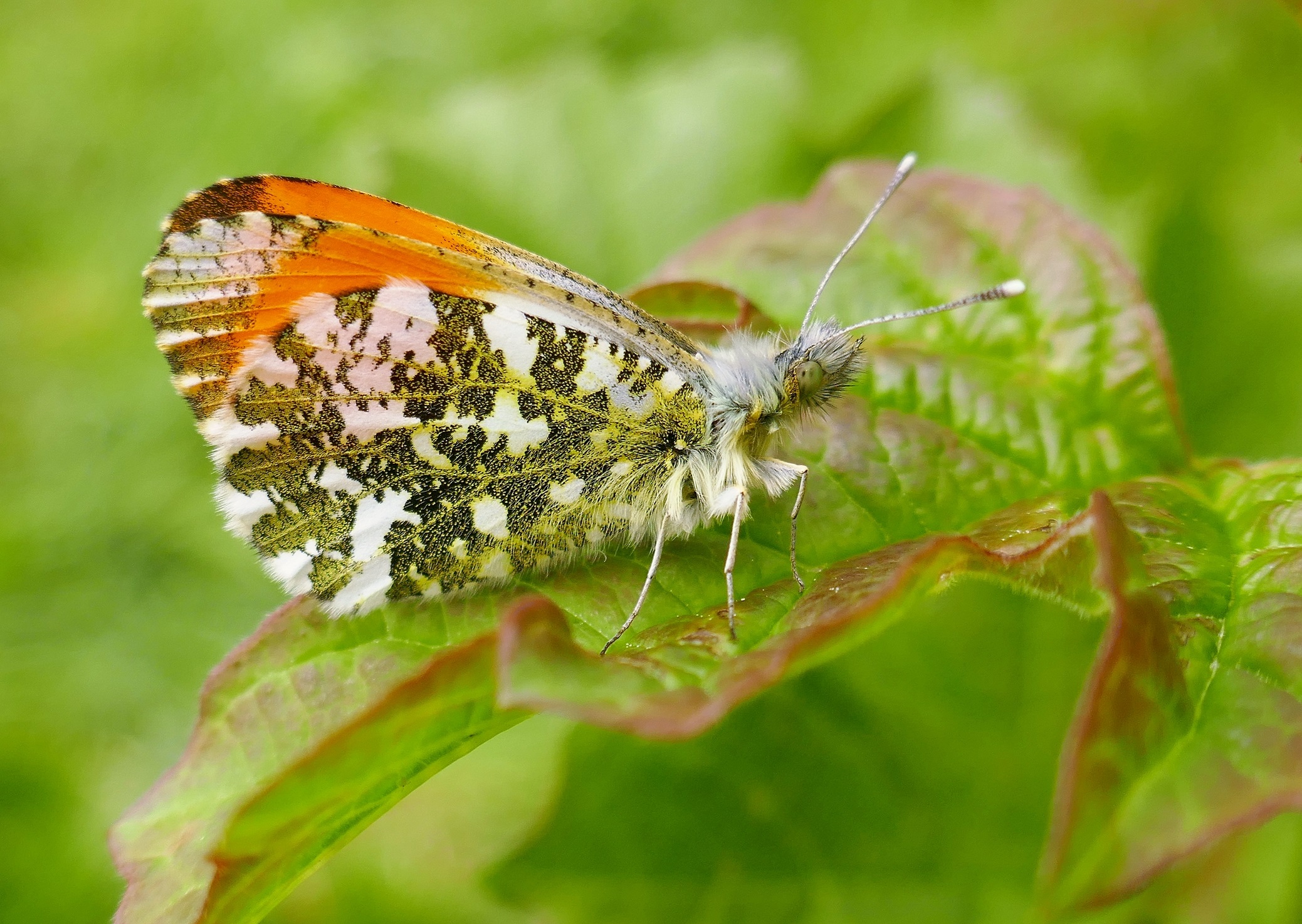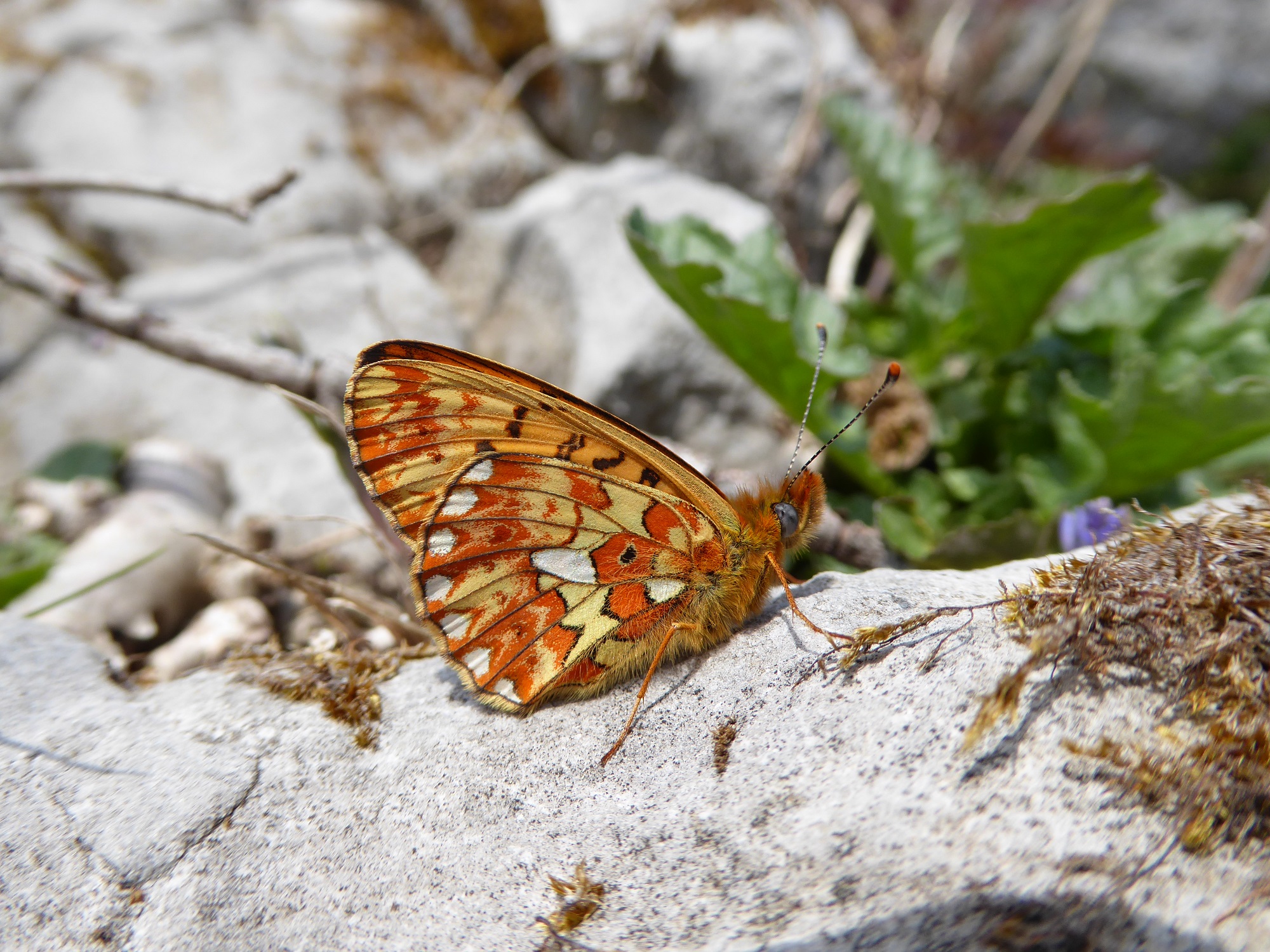Because butterflies are so loved and well-studied, there is good evidence of what butterfly species occurred in Europe, Britain, and Ireland over the past 100 years and further back, and the species that have flourished, declined, were gained, and lost.
For many countries in Western and Central Europe, the story is certainly very worrying. The countries that border the Mediterranean and those in the far north of Europe have suffered less decline and loss, but these areas are not without challenges that affect butterfly populations.
Since the early years of the 20th century, England has lost the Mazarine Blue (possibly c.1903 but may have disappeared in c. 1865), Black-veined White (1923), Large Tortoiseshell (c.1950), Large Blue (1979), and Chequered Skipper (1975). The Large Copper was lost c. 1864, due entirely to habitat destruction.
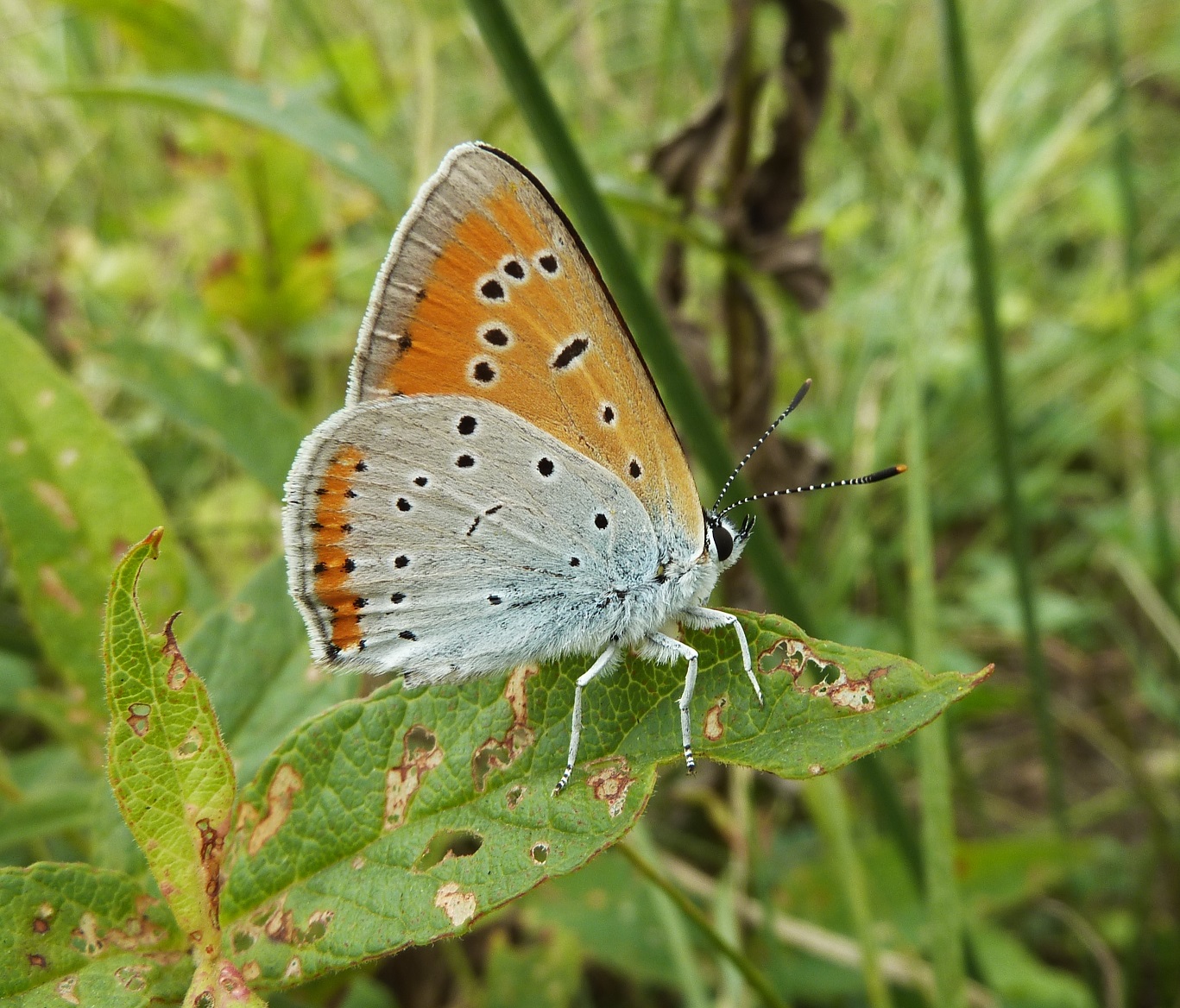
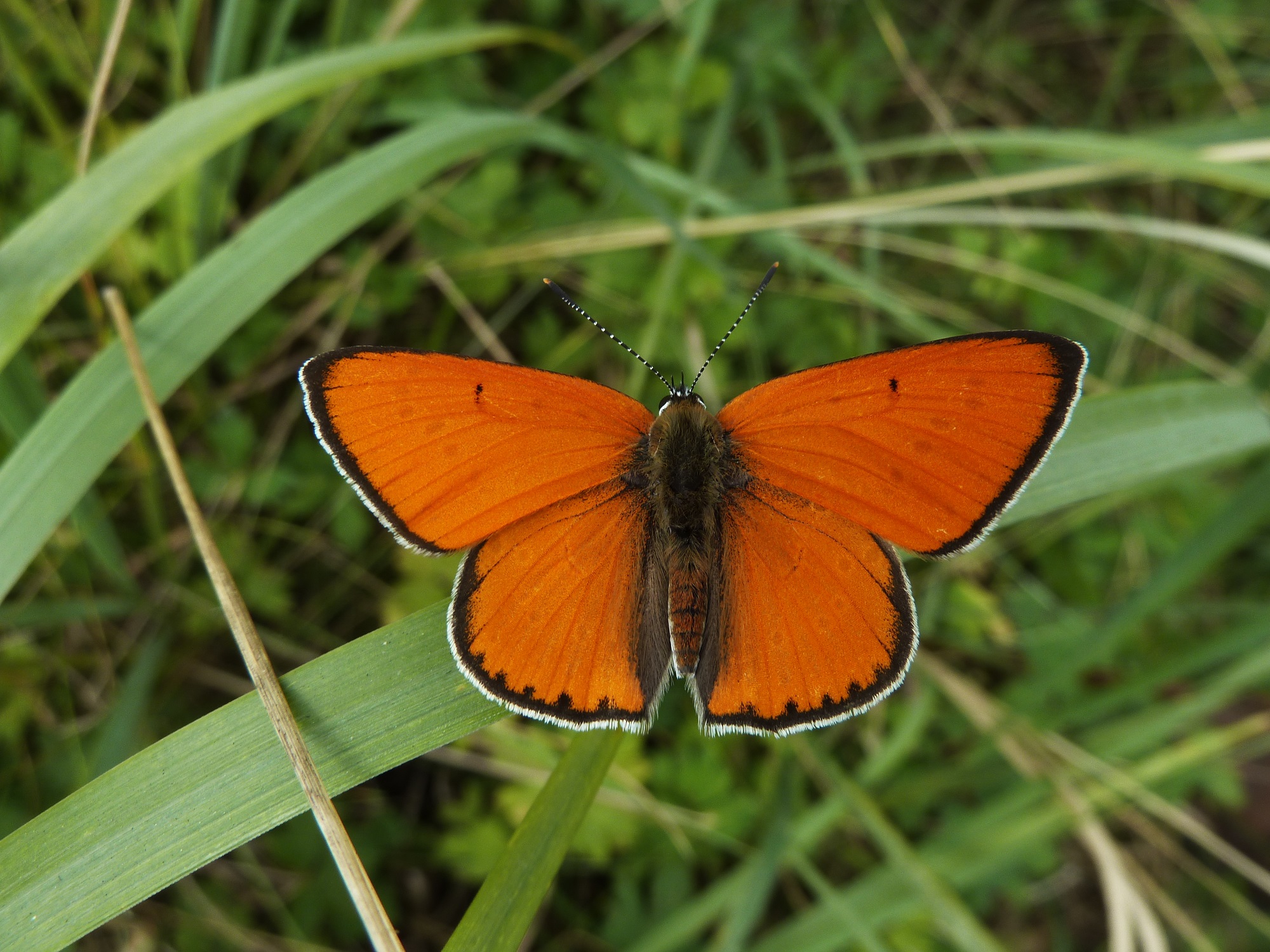
In the UK, the Duke of Burgundy, High Brown Fritillary, and Heath Fritillary are in serious trouble and the High Brown Fritillary, in very deep trouble, may be lost. Several other species are falling in abundance and distribution there, including the Marsh Fritillary, Pearl-bordered Fritillary, and Small Pearl-bordered Fritillary. Just to take the statistics for one butterfly, the Wood White. This elegant, dainty creature has fallen by 82% in its population and 76% in its distribution during the period 1979-2019.
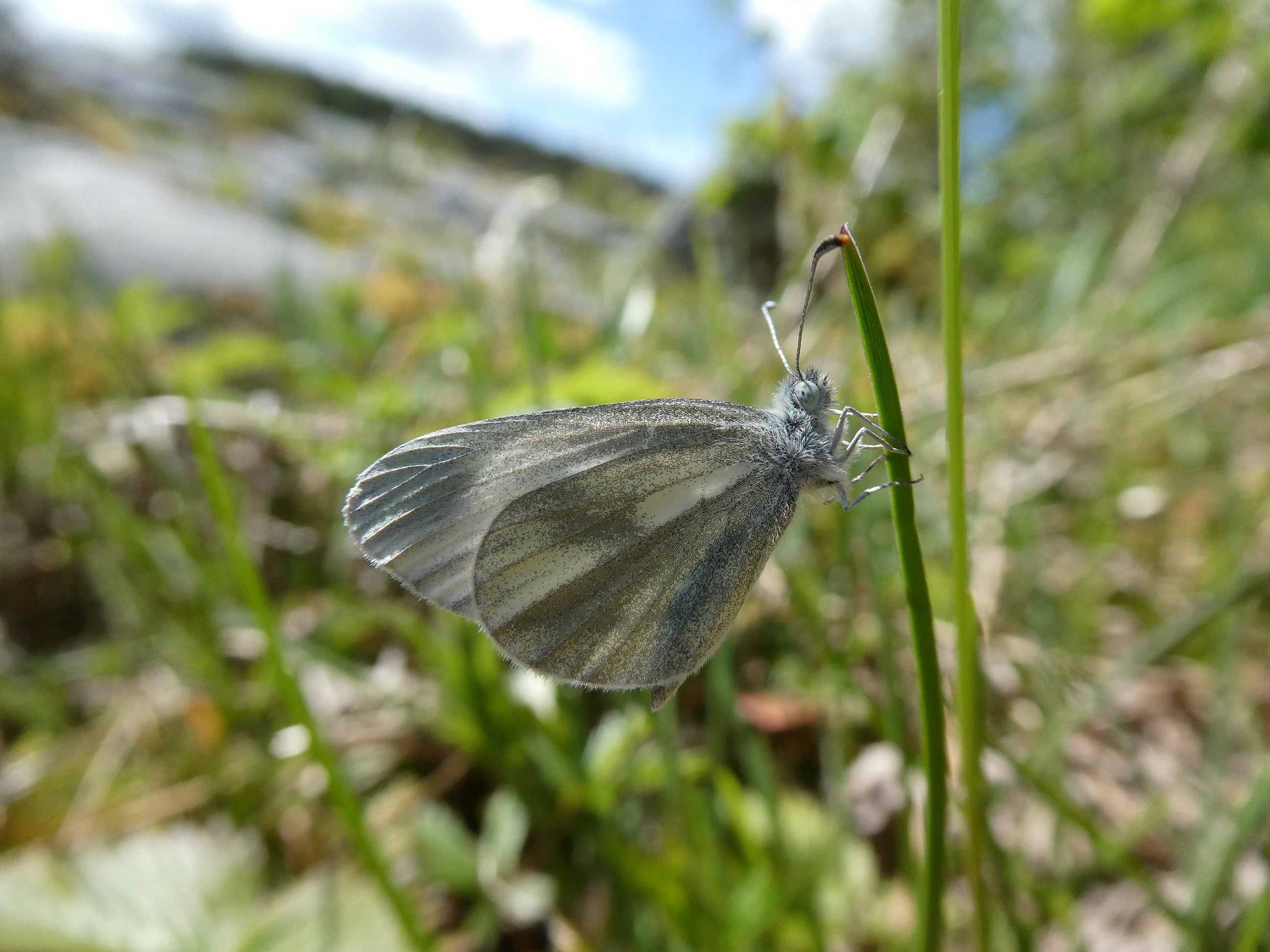
You will see from the dates that butterfly declines and losses have been taking place in England for a long time. The situation is also very depressing in parts of central Europe. The northern Belgian province of Flanders has seen steep losses. 20 butterflies have become extinct (29% of its species list), and between 1992 and 2007 overall numbers declined by around 30%. A study published in the early 2000s found that 18 species (28% of its list) were threatened with extinction. In the Netherlands, 20% of species have become extinct, and since 1990 overall numbers in the country declined by 50%. Denmark and the Czech Republic are in the same sorry category of loss and decline suffered by Belgium and the Netherlands.
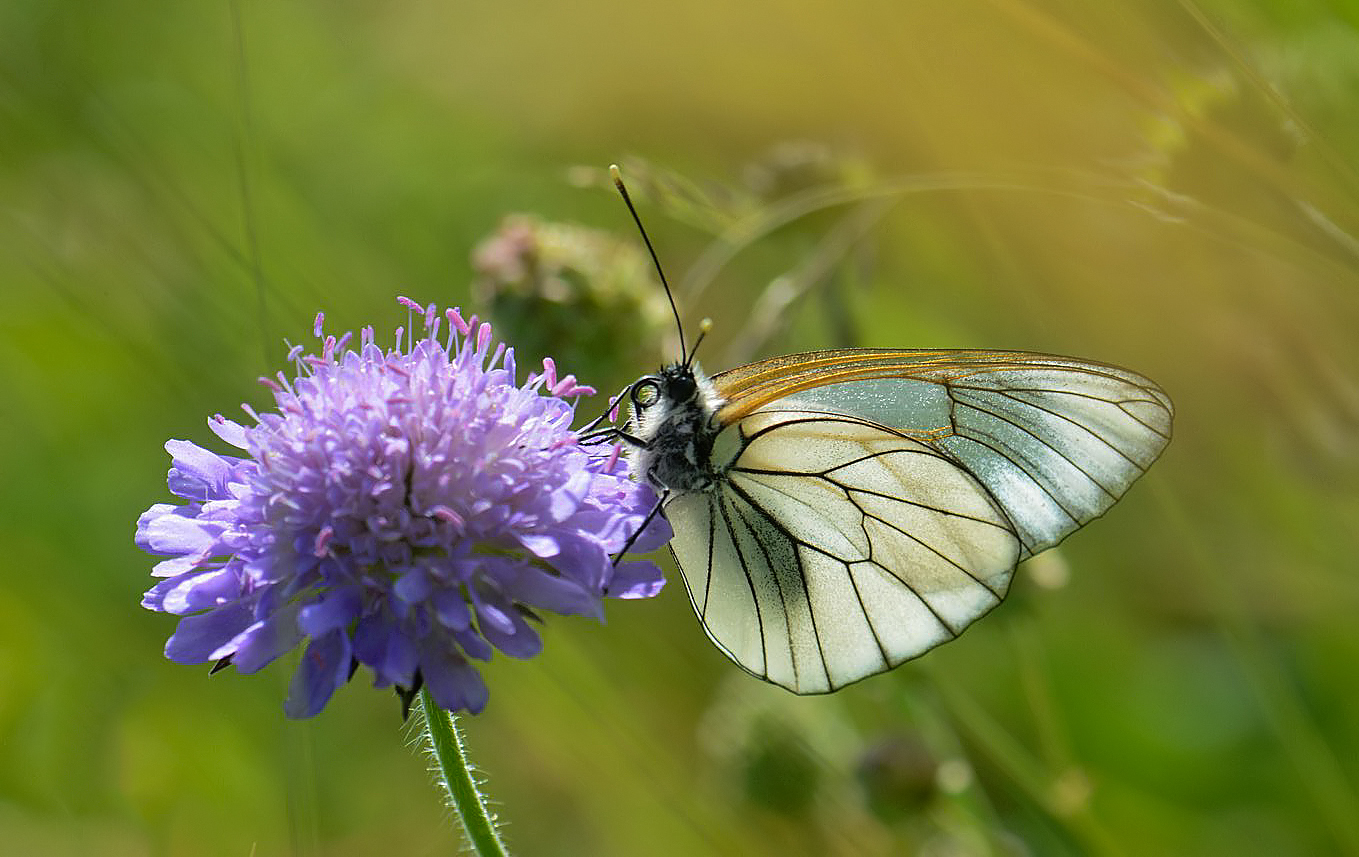
Just to give an indication of how grave the situation in the Netherlands is, consider the fact that the Silver-washed Fritillary, thriving in Ireland and rising in abundance in England is in deep trouble there. The Dingy Skipper, holding steady in the UK and Ireland, is very rare in the Netherlands. The Marsh Fritillary is now extinct in the Netherlands.
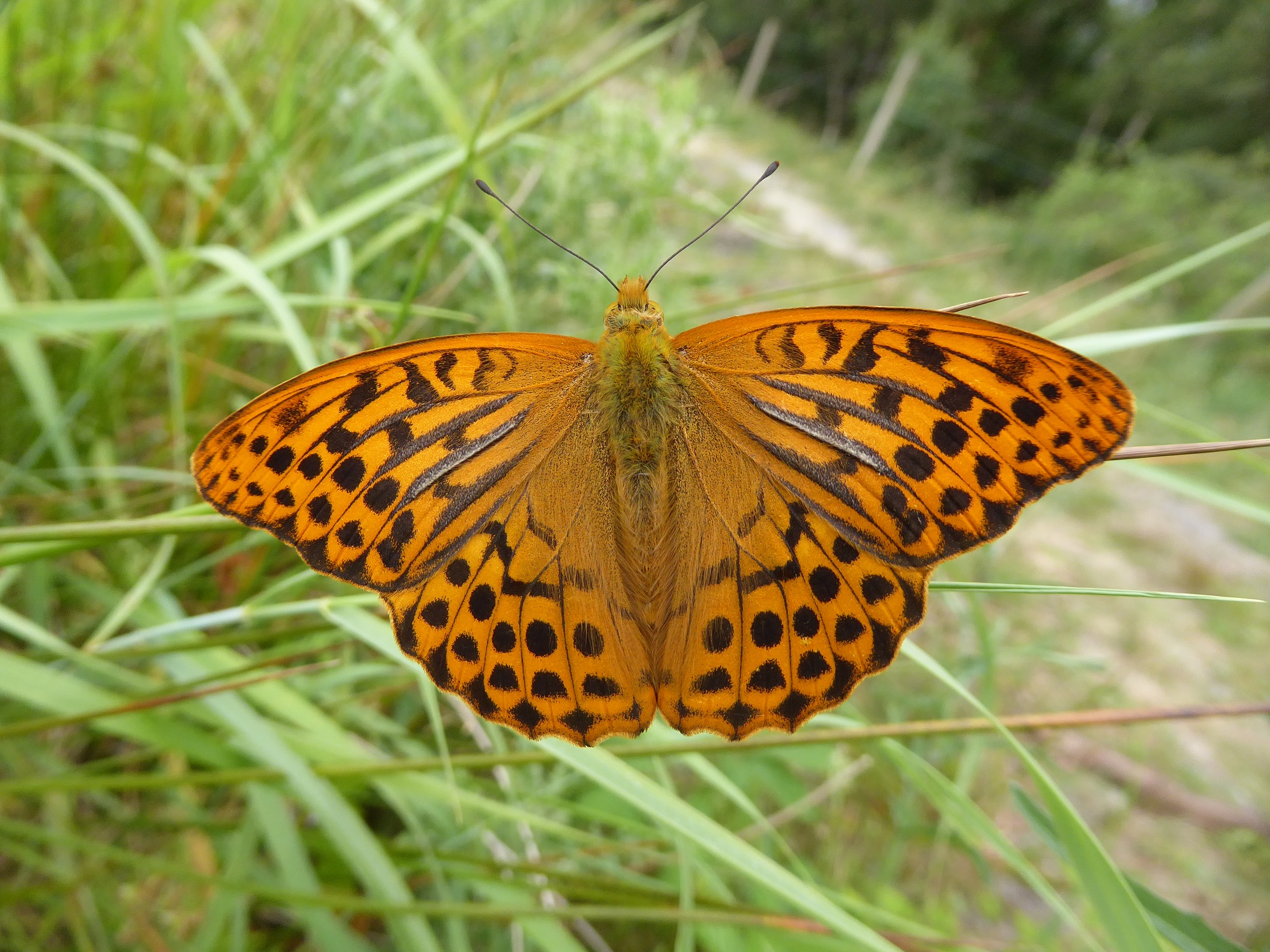
Countries in Europe were ranked in 2019 in the Journal of Insect Conservation according to their butterfly red lists where species are ranked under threat categories. There are five rankings, excluding countries that lack data.
The next group of countries is in a loss category below that occupied by Belgium, the Netherlands, Denmark, and the Czech Republic. These are Germany, Austria, Poland, Slovakia, Romania, and the UK.
Ireland is ranked in the next group of countries; we are mid-table for losses, along with countries such as Ukraine, Switzerland, Hungary and Finland.
The two countries that fare the best, with the lowest declines, are Spain and Italy.
Chris Van Swaay, one of Europe’s most eminent butterfly experts, explains the declines in the Netherlands.
“Before 1950 or so, grasslands in the Netherlands very much resembled what we now only have left in some nature reserves – they were wet, they had lots of flowers, were lightly grazed and mown only once or twice a year. This was very low-intensity farming.
“In two decades after the 1950s, the countryside was rebuilt – land was drained and planted with one species of grass, large amounts of fertiliser was put on the land, and it was mown six times a year. There is no room for butterflies except on road verges and nature reserves. The countryside is more or less empty.”
The reasons for the declines in Europe, Britain and Ireland are quite similar and often the same. Modern farming methods are the greatest causes of decline and loss. These methods have caused massive habitat loss and degradation with large areas of our land mass devoted to production of one crop species with no room for any other plant. In areas where this has not happened, traditional farming methods that maintained biodiversity have fallen out of use, creating successional changes that have lost us heathlands and grasslands, while the cessation of traditional woodland management has changed woodlands, resulting in closed canopies and darker woods unsuitable for many woodland species.
The loss of habitats for other reasons, such as building, afforestation, land drainage, and peat mining has also contributed to losses.
More recently, the concern is growing about the impact of chemical pollution, which can damage habitats that are not directly affected by changes in farming practices or habitat destruction. The deposition of nitrogen from the air is believed to be responsible for changing the character and chemical content of vegetation, making the habitat and foodplant unsuitable for butterflies. This is a sinister threat because it can affect populations that occur a long distance from industry and intensive farming. It is also difficult to address, requiring, probably, a geographical-scale response, not simply a local or national strategy to reduce air pollution.
Climate change is a further challenge; this is complex because some species are beneficiaries of a warming climate, while others suffer. Cold-adapted species are driven further north or uphill, and warmth-loving species are extending their range northwards. A mismatch between the development of vegetation and emergence or breeding times may be driving declines in some areas. For example, increasing dryness and heat in the Mediterranean region may deprive some species of nectar and foodplants. Extreme climate events associated with climate change can have dramatic and sudden impacts. The Green-veined White’s abundance in many areas of Ireland crashed in 2019 following the drought in 2018.
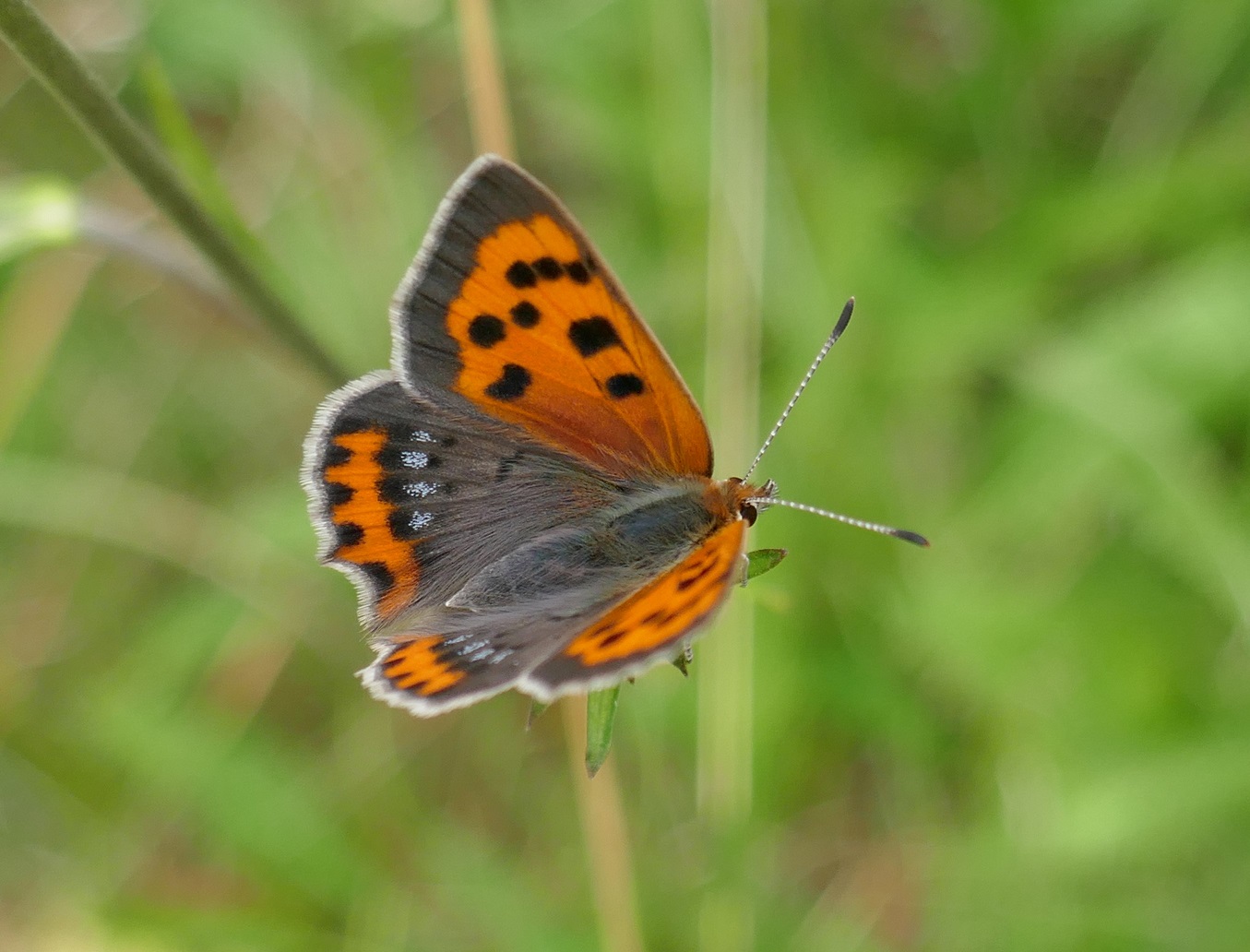
How do we deal with the threats to our butterflies?
We need policies and actions that reverse the damage described above.
Greening our urban and suburban spaces by allowing vegetation to grow and planting native plants from local seed will help. Avoid tidiness; relax management in gardens, parks, verges, and the grounds of businesses. Do not use chemicals in these areas.
Reserves will not save butterflies unless they are large and managed. Many protected areas are too small and are often badly managed and being damaged. Landscapes must be protected, and these must contain a range of habitats. A good example of where this is done is the Burren in Counties Clare and Galway.
Pollution must be tackled. Massive chemical inputs in agriculture and reseeding grassland is destroying nature in general. Monoculture grasslands should be replaced with multi-species swards generated by allowing the seed bank in the soil to germinate. In areas where intensive farming is needed, ‘wild’ land must be incorporated into the landscape, typically as unfarmed extended field margins adjoining hedgerows and wood edges.
Woodlands containing native trees grown by allowing woods to extend naturally would add habitat diversity, as would maintaining wide rides allowing light in the woods. New woods must not be grown on high nature value semi-natural grassland, heaths, and bogs. New woods should be planted on intensively managed farmland. Scrub must be allowed to develop at the margins of woods rather than having a sharp edge where woodland transitions directly to open grassland.
Encourage a love of nature in everyone. Most focus is on youth education, naturally, but highlighting the intrinsic importance and wonder of nature should be promoted at all levels of the population. Participate in citizen science monitoring of butterfly populations to help to build knowledge of the status of butterfly populations. Getting involved in conservation organisations is important because these do important practical conservation, monitoring and education. These organisations help to influence policy in favour of caring for our environment.
Most of our countryside looks the way it does because it is heavily plied with chemicals. Fields of uniform, sharply green sward without flowers is not the ‘natural way.’ Fertilisers exclude flowers by promoting accelerated grass growth and in some cases, by providing a chemistry that kills flowers. Herbicides kill any flowers that remain. There is certainly no need for our gardens, parks, and hedge margins to look like this. Make sure your patch doesn’t.
References
Maes, D., Verovnik, R., Wiemers, M. et al. Integrating national Red Lists for prioritising conservation actions for European butterflies. J Insect Conserv 23, 301–330 (2019). https://doi.org/10.1007/s10841-019-00127-z
Warren, M.S., Maes, D., van Swaay, Chris A M, Goffart, P., Van Dyck, H., Bourn, N.A.D., Wynhoff, I., Hoare, D. & Ellis, S. 2021, “The decline of butterflies in Europe: Problems, significance, and possible solutions”, Proceedings of the National Academy of Sciences – PNAS, vol. 118, no. 2.
Thomas, J. and Lewington, R. (2014) The Butterflies of Britain and Ireland. (Revised edition) British Wildlife Publishing, Dorset.
https://www.gbif.org/dataset/f9af6ffd-febc-4626-b2e8-809b1c60fa01#description


